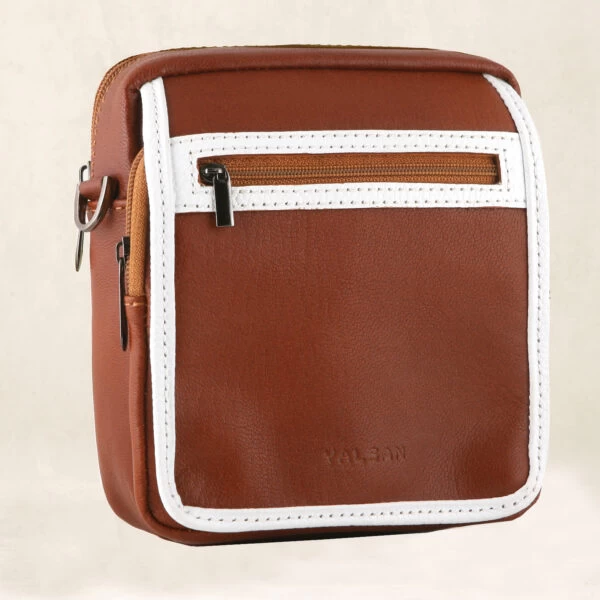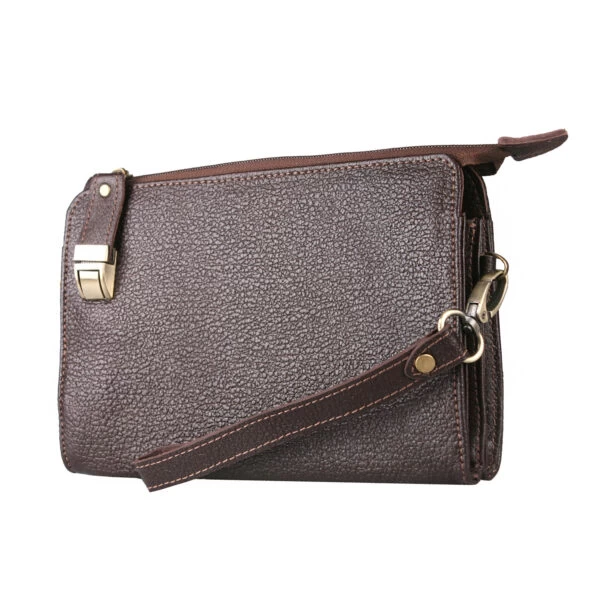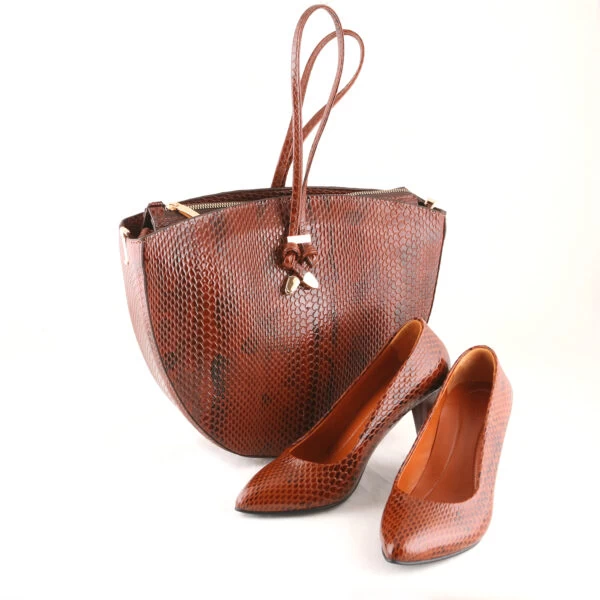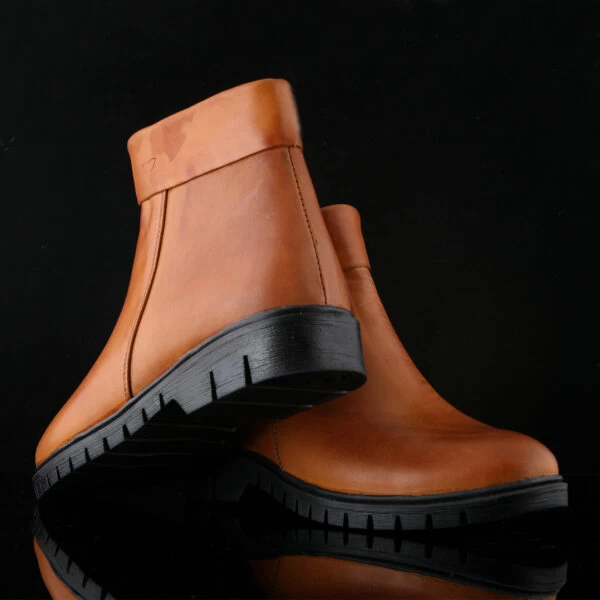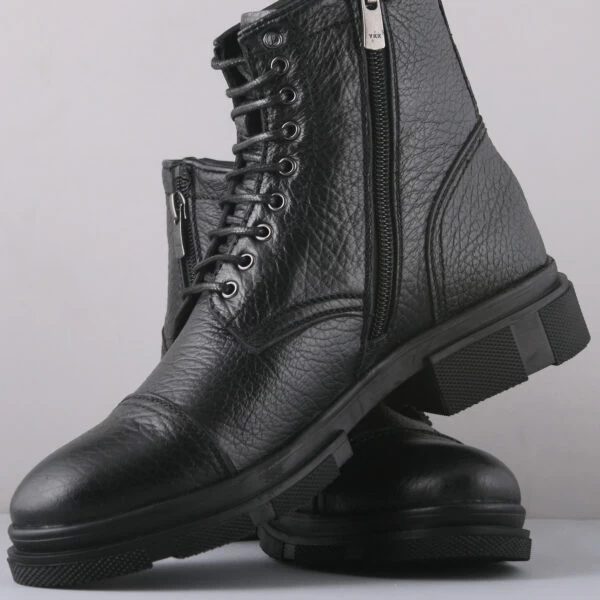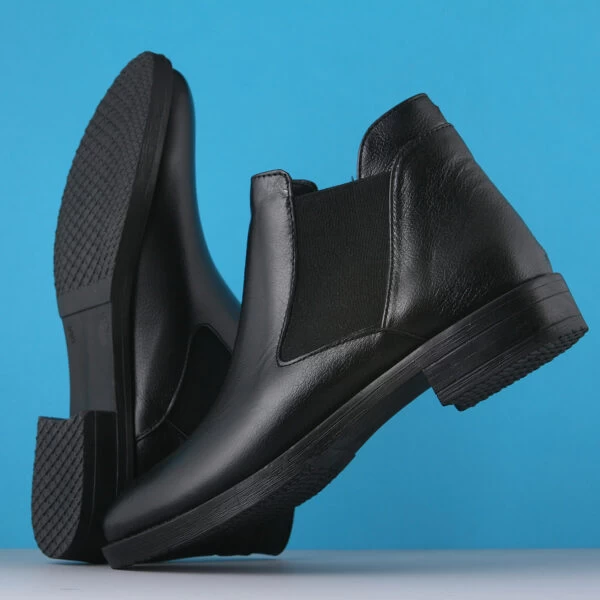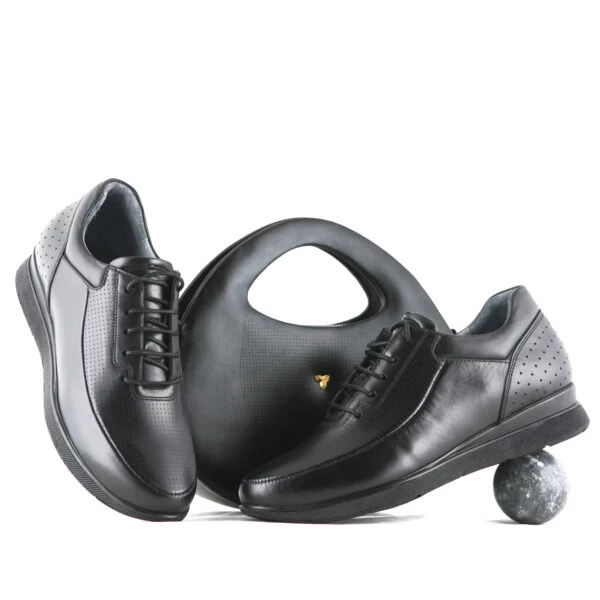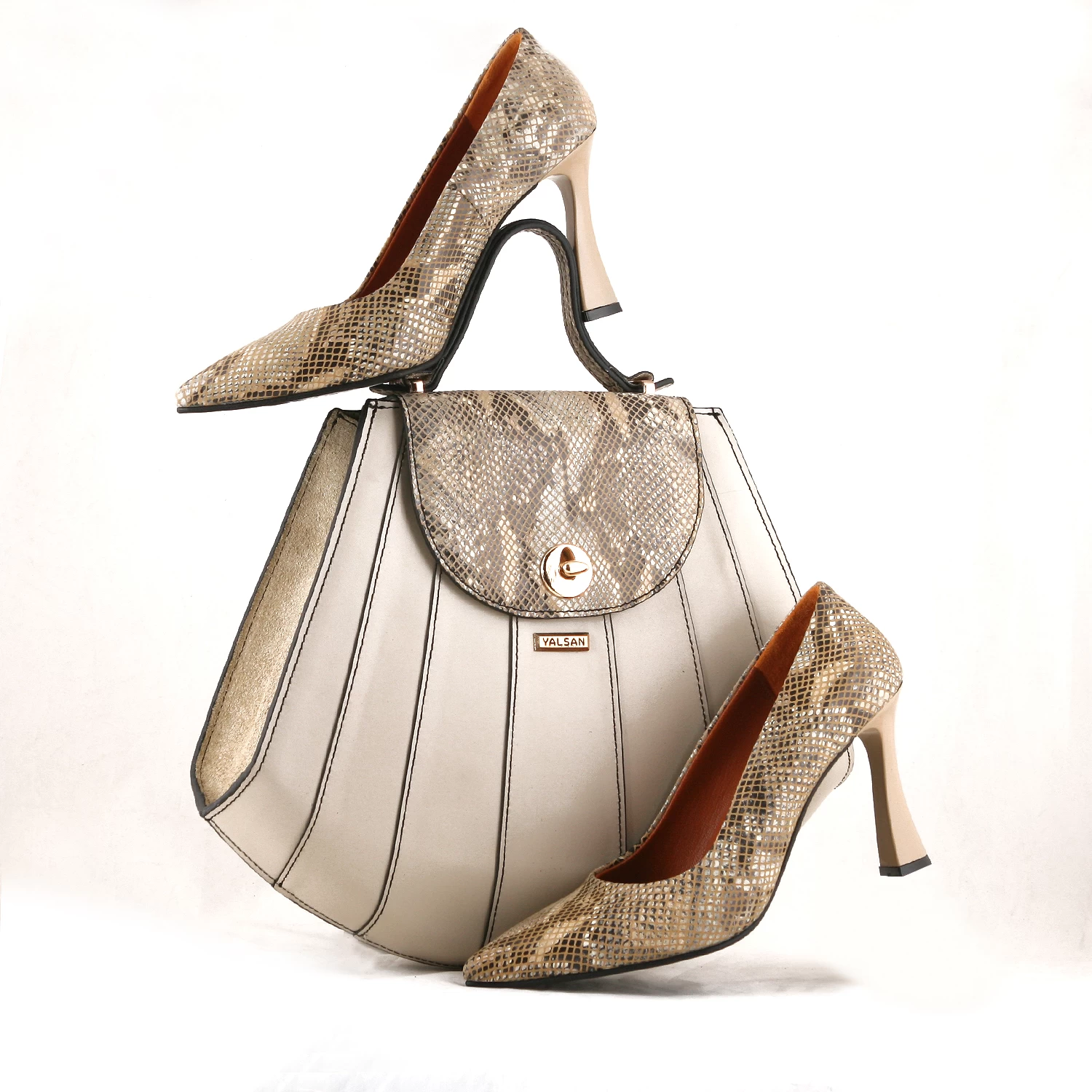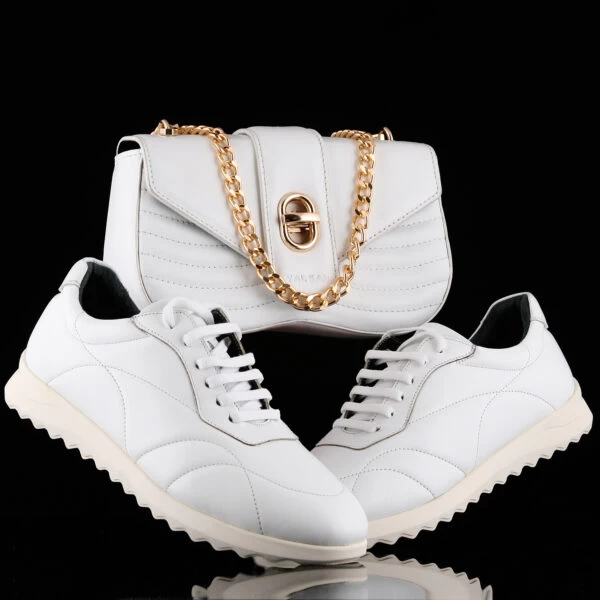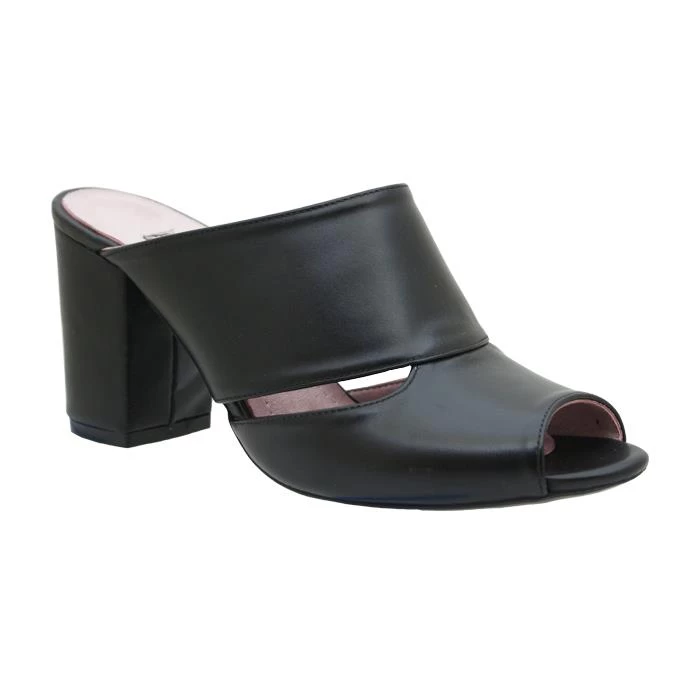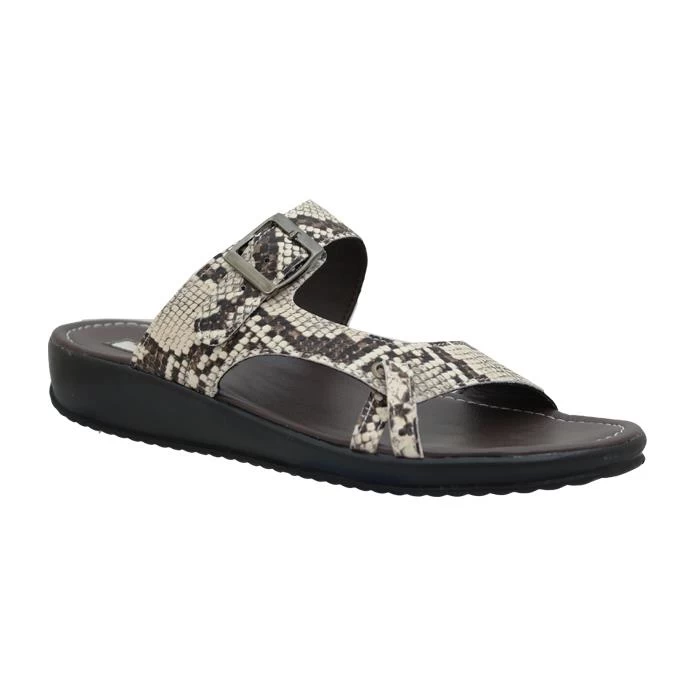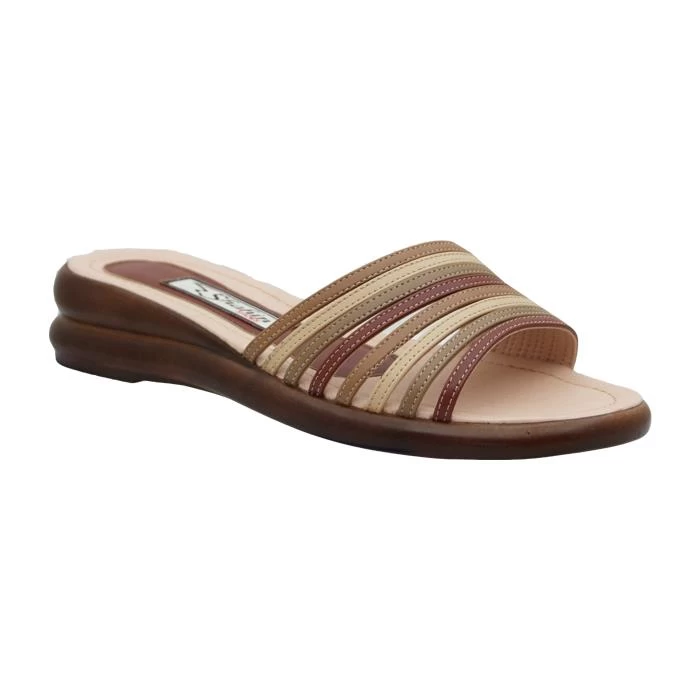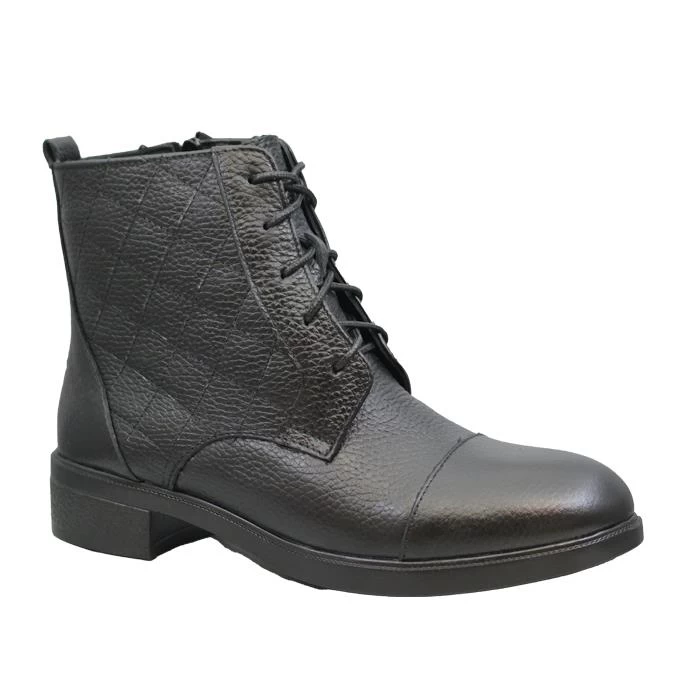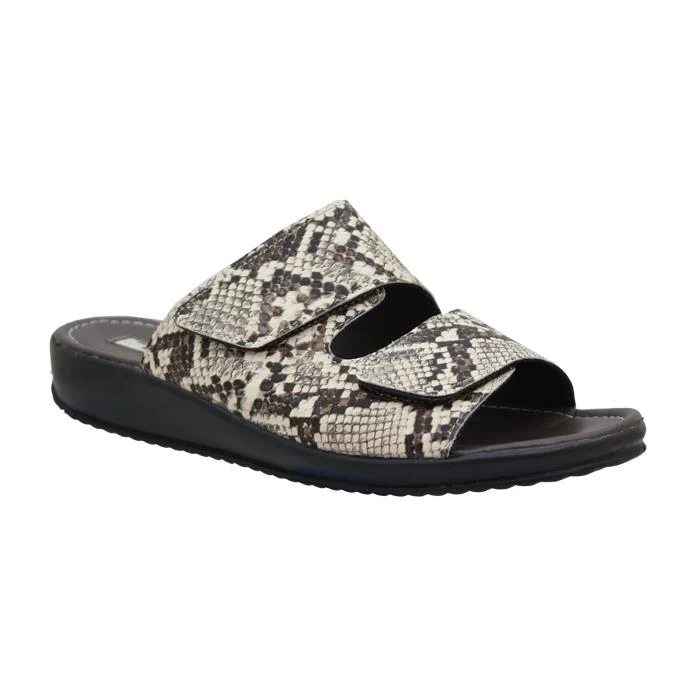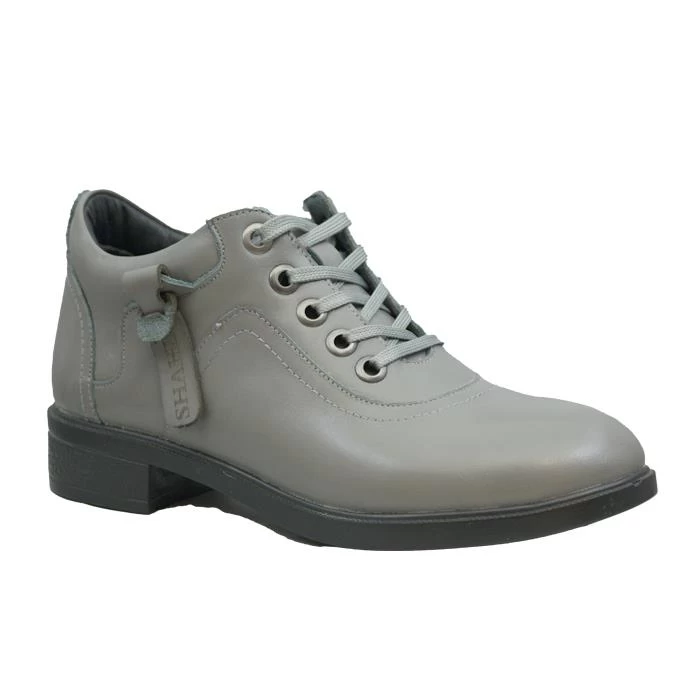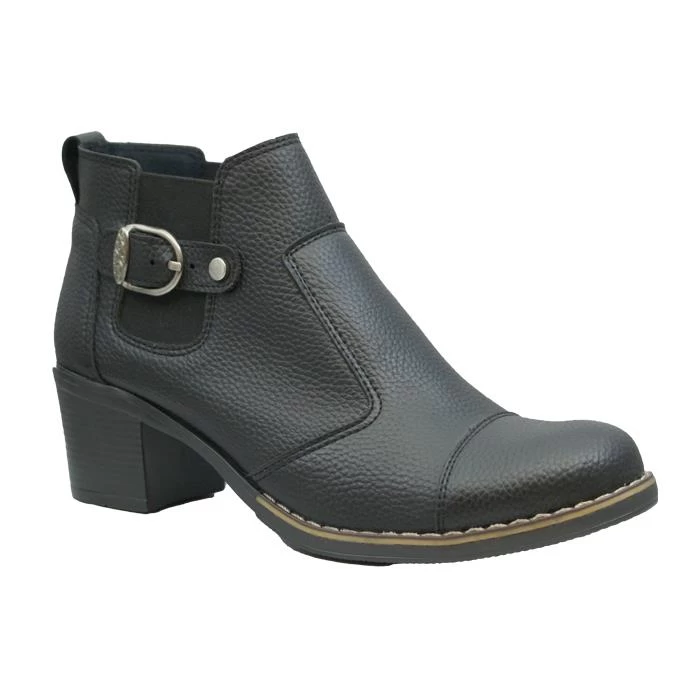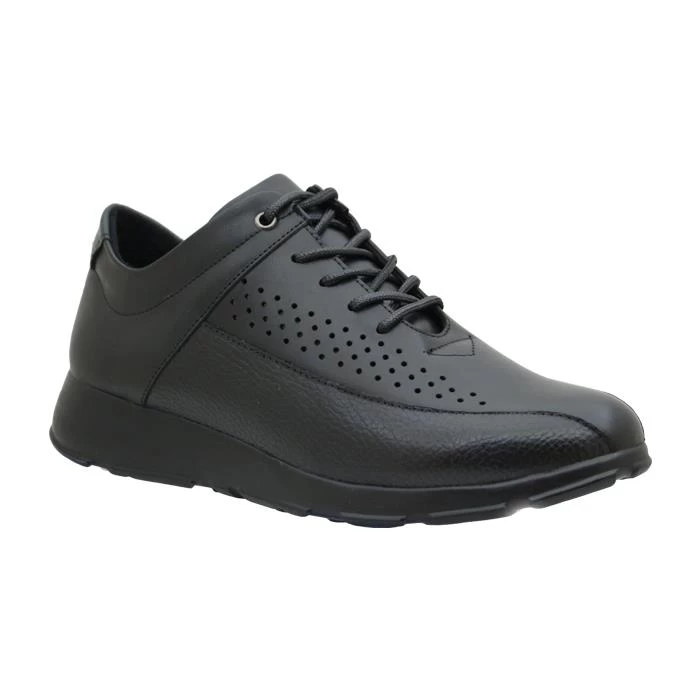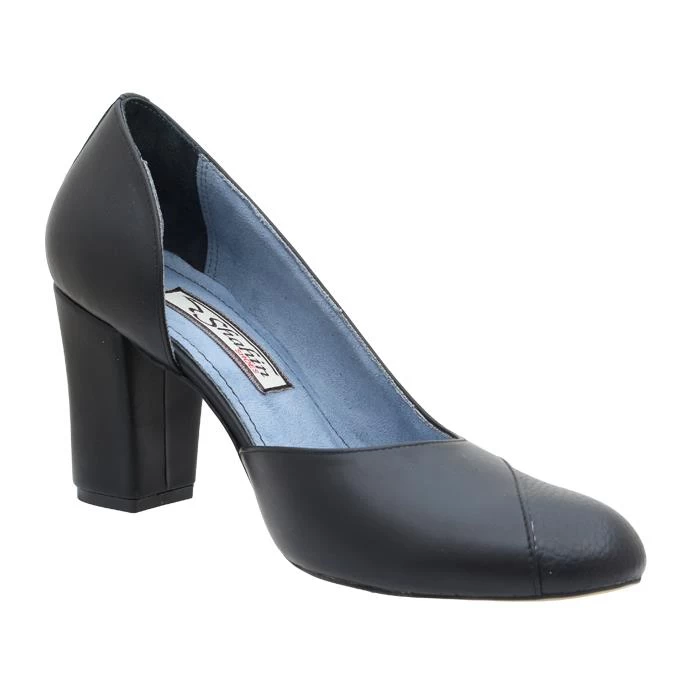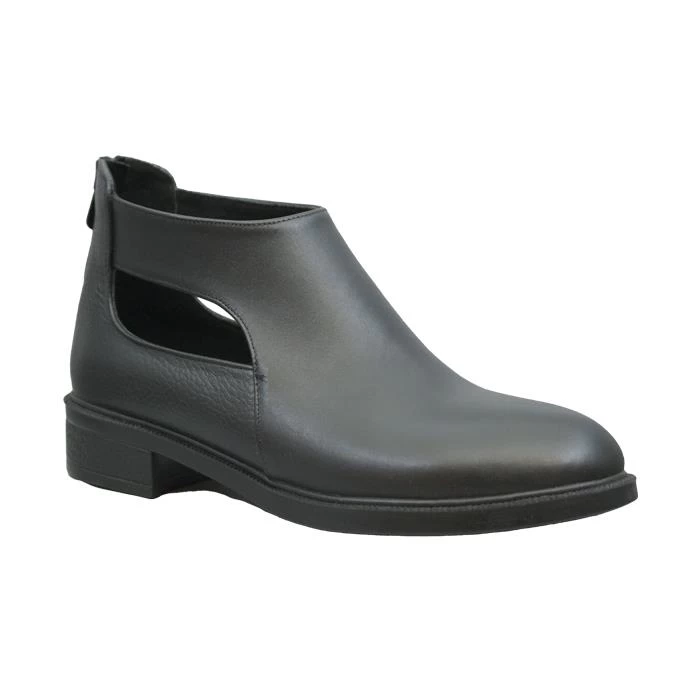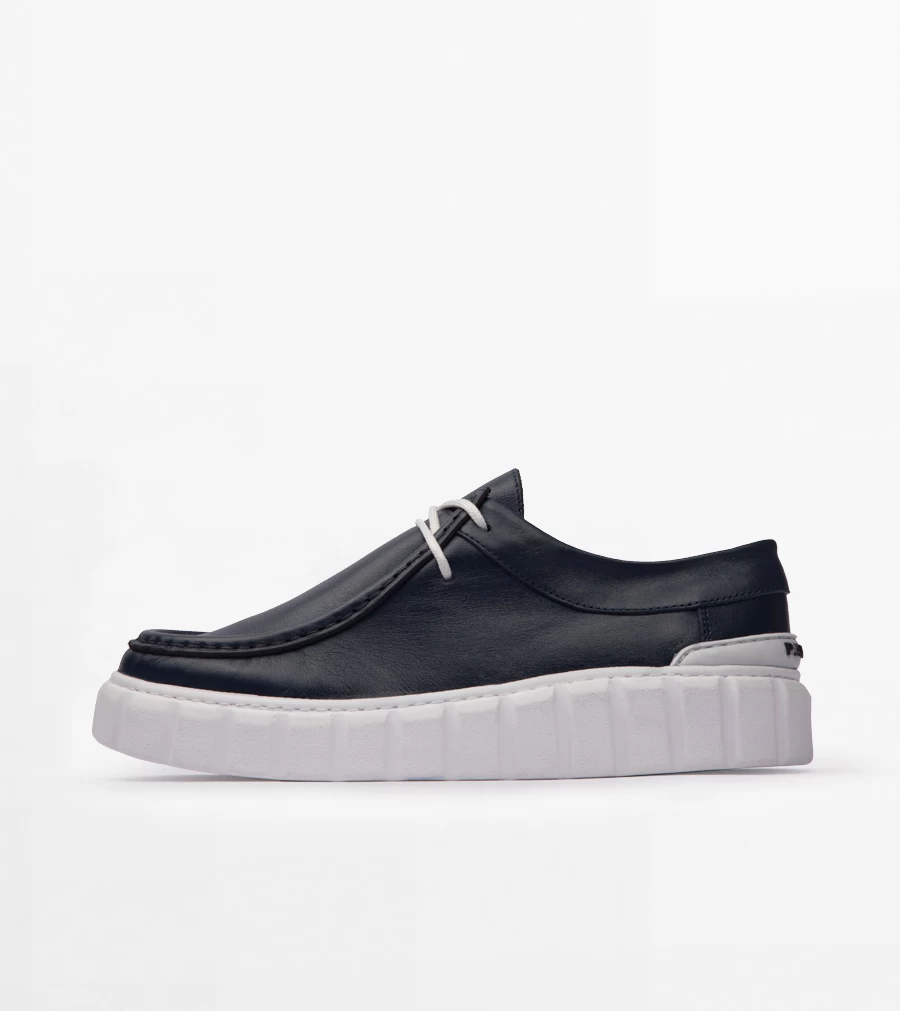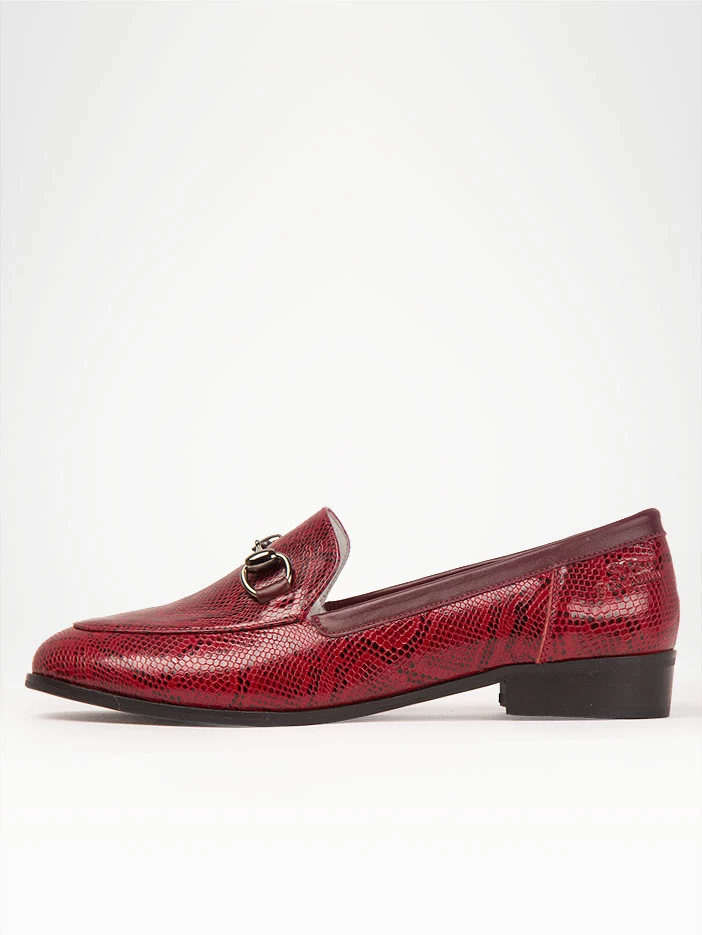Shoes and bags
Shoes and bags are essential accessories that complement our style and serve practical purposes. The right pair of shoes can enhance an outfit, providing comfort and expressing personal taste. Similarly, bags not only carry our belongings but also contribute to our overall look, with various styles like totes, clutches, and backpacks catering to different occasions. Fashion trends often influence designs, making the world of shoes and bags dynamic and diverse.
Shoes and bags play a crucial role in completing an outfit and adding a finishing touch to one's overall look. They contribute to the aesthetics and functionality of an ensemble. The choice of shoes and bags can either elevate or tone down an outfit, making them integral components of personal style. Additionally, these accessories can serve practical purposes, providing storage for belongings in the case of bags and ensuring comfort and support in the case of shoes. Ultimately, they contribute to the overall impression and expression of individual fashion preferences.
the role of shoes and bags in apparel:
1. Fashion Statement:Both shoes and bags are instrumental in expressing one's personal style and making a fashion statement. The design, color, and material of these accessories can significantly influence the overall vibe of an outfit.
2. Completing the Look: They act as the finishing touches that bring an outfit together. A carefully chosen pair of shoes or a complementary bag can enhance the cohesion of an ensemble, creating a polished and well-thought-out appearance.
3. Practical Functionality: While contributing to style, shoes and bags also serve practical purposes. Bags provide a convenient way to carry essential items, from daily necessities in a tote to just the essentials in a clutch. Meanwhile, shoes offer protection and comfort for the feet, ensuring functionality alongside style.
4. Seasonal Adaptation: Fashion trends in shoes and bags often adapt to seasonal changes. For instance, warmer weather may see lighter and more breathable materials, while colder seasons may bring about durable and weather-resistant options.
5. Occasion Specific: Different occasions call for specific types of shoes and bags. Formal events may require elegant heels and a sophisticated clutch, while casual outings might pair well with comfortable sneakers and a practical crossbody bag. Matching accessories to the occasion is crucial for appropriateness.
6. Trends and Innovation: The fashion industry constantly introduces new trends and innovative designs in shoes and bags. From bold patterns and textures to unique shapes, these accessories reflect the ever-evolving nature of fashion, allowing individuals to experiment with their style.

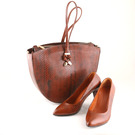
In summary, shoes and bags not only contribute to the aesthetic appeal of an outfit but also serve practical functions, making them indispensable components of personal fashion expression. Their adaptability to trends and occasions adds a dynamic element to the world of apparel.
Setting shoes and bags with outfits involves considering factors like color coordination, formality, and overall style. Here are some tips:
1. Color Coordination: Ensure that the colors of your shoes and bag complement or match each other. Neutral tones like black, white, nude, or tan are versatile and can pair well with various outfits. Bold colors or patterns can add a pop of personality, but be mindful of balance.
2. Formality Matching: Align the formality of your shoes and bag with the occasion and the formality of your outfit. For formal occasions, opt for sophisticated heels and an elegant clutch. Casual outfits pair well with sneakers or ankle boots and a more relaxed bag.
3. Style Consistency: Keep the overall style consistent. If you're going for a classic and polished look, choose timeless shoe and bag styles. For a more eclectic or bohemian vibe, experiment with unique and artistic accessories.
4. Proportion Matters: Consider the size and proportions of your shoes and bag in relation to your outfit. If your clothing is detailed or has bold patterns, opt for simpler accessories to avoid overwhelming the look, and vice versa.
5. Seasonal Adaptation:Adjust your choices based on the season. Lighter materials and colors work well for spring and summer, while richer tones and heavier textures are suitable for fall and winter. Weather-appropriate footwear is also essential for practicality.
6. Contrast Effect: Experiment with contrasts to create visual interest. For example, pairing a feminine dress with edgier boots or combining a structured bag with a flowy outfit can add a dynamic touch to your overall look.
7. Occasion-Specific Choices: Tailor your shoe and bag selection to the occasion. Casual outings may call for comfortable flats or stylish sneakers, while formal events may warrant more sophisticated options like heels and a sleek clutch.
Remember, personal style is subjective, and these tips are guidelines rather than strict rules. Feel free to experiment and find combinations that resonate with your unique taste and make you feel confident in your chosen ensemble.
Shoes and bags can be crafted from a wide variety of materials, each chosen for its unique characteristics and aesthetic appeal. Here are common materials used for both:
Shoes:
1. Leather:*l A classic choice known for its durability and versatility. It can be smooth, patent, or suede, offering different textures and finishes.
2. Canvas:Lightweight and breathable, often used in casual or sporty shoe styles.
3. Synthetic Materials: Including faux leather, synthetic suede, and various man-made fabrics. These materials are often more affordable and may offer specific performance features.
4. Mesh: Commonly found in athletic and running shoes, providing breathability.
5. Rubber: Used for soles and sometimes as the primary material, offering comfort and traction.
Bags:
1. Leather: Like in shoes, leather is a popular choice for bags, ranging from soft and supple to more structured varieties.
2. Canvas:Durable and often used in casual or tote bag styles.
3. Nylon: Lightweight, water-resistant, and commonly used in backpacks, travel bags, and sporty styles.
4. Polyurethane (PU) or PVC: Often used as an alternative to leather in vegan or budget-friendly options.
5. Suede: A softer, napped leather used for a more luxurious look and feel.
6. Synthetic Fabrics: Various man-made materials like polyester, microfiber, or blends, offering a range of textures and finishes.
The choice of material can impact the overall aesthetics, durability, and maintenance of shoes and bags. It often depends on individual preferences, fashion trends, and the intended use of the accessory.
While matching bags and shoes used to be a traditional fashion rule, modern style embraces more flexibility. Here's a breakdown:
Matching:
1. Classic Elegance: Matching shoes and bags can create a polished and put-together look, especially in formal or professional settings. It exudes a sense of classic elegance and can be a safe choice.
2. Coordinated Colors: Even if not an exact match, coordinating the colors of your shoes and bag can add a harmonious touch to your outfit. Consider shades that complement each other for a cohesive appearance.
Not Necessarily Matching:
1. Contrast and Statement: Mixing different colors or styles between shoes and bags allows for more creativity. This approach can make a bold fashion statement and add visual interest to your ensemble.
2. Breaking Monotony: In outfits with a dominant color, breaking the monotony by introducing a contrasting shoe or bag can create a balanced and eye-catching look.
3. Versatility:Non-matching accessories provide versatility. You can reuse the same bag or shoes with different outfits, expanding your wardrobe options.
4. Casual and Contemporary: In casual or everyday wear, the emphasis is often on comfort and personal expression. Mixing and matching allows for a more relaxed and contemporary style.
Ultimately, the decision to match or not depends on personal style, the occasion, and the overall aesthetic you want to achieve. Fashion has evolved to celebrate individuality, so feel free to experiment with different combinations and find what makes you feel confident and comfortable.
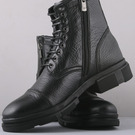

Fashion encompasses a wide range of apparel products beyond shoes and bags. Here are some other key items:
1. Clothing:
- Tops: T-shirts, blouses, shirts, sweaters, jackets.
- Bottoms: Pants, jeans, skirts, shorts.
- Dresses: Casual, formal, cocktail, maxi dresses, etc.
- Outerwear: Coats, blazers, trench coats, parkas.
2. Accessories:
- Hats: Baseball caps, sun hats, beanies.
- Scarves: Silk scarves, wool scarves, infinity scarves.
- Belts: Leather belts, fabric belts, statement belts.
- Jewelry: Necklaces, earrings, bracelets, rings.
- Sunglasses: Various styles for sun protection and fashion.
3. Intimates:
- Underwear: Briefs, boxers, panties, bras.
- Sleepwear: Pajamas, nightgowns, sleep shirts.
4. Activewear:
- Athletic apparel: Sports bras, leggings, workout tops.
- Sport-specific gear: Running shoes, yoga pants, cycling jerseys.
5. Swimwear:
- Bikinis, one-piece swimsuits, swim trunks.
6. Lingerie:
- Lace bras, lingerie sets, bodysuits.
7. Ethnic and Cultural Wear:
- Traditional clothing specific to various cultures and regions.
8. Performance Wear:
- Dancewear, gymnastics leotards, cheerleading uniforms.
9. Workwear:
- Business suits, dress shirts, pencil skirts.
10. Specialty Items:
- Maternity wear, plus-size clothing, adaptive clothing for individuals with disabilities.
Fashion continually evolves, and designers create innovative products across these categories, introducing new trends and styles. The diversity within the fashion industry allows individuals to express their personalities and lifestyles through a wide array of apparel choices.
Shoes and bags play a crucial role in completing an outfit and adding a finishing touch to one's overall look. They contribute to the aesthetics and functionality of an ensemble. The choice of shoes and bags can either elevate or tone down an outfit, making them integral components of personal style. Additionally, these accessories can serve practical purposes, providing storage for belongings in the case of bags and ensuring comfort and support in the case of shoes. Ultimately, they contribute to the overall impression and expression of individual fashion preferences.
the role of shoes and bags in apparel:


Setting shoes and bags with outfits involves considering factors like color coordination, formality, and overall style. Here are some tips:
Shoes and bags can be crafted from a wide variety of materials, each chosen for its unique characteristics and aesthetic appeal. Here are common materials used for both:
1. Leather:*l A classic choice known for its durability and versatility. It can be smooth, patent, or suede, offering different textures and finishes.
2. Canvas:Lightweight and breathable, often used in casual or sporty shoe styles.
3. Synthetic Materials: Including faux leather, synthetic suede, and various man-made fabrics. These materials are often more affordable and may offer specific performance features.
4. Mesh: Commonly found in athletic and running shoes, providing breathability.
5. Rubber: Used for soles and sometimes as the primary material, offering comfort and traction.
1. Leather: Like in shoes, leather is a popular choice for bags, ranging from soft and supple to more structured varieties.
2. Canvas:Durable and often used in casual or tote bag styles.
3. Nylon: Lightweight, water-resistant, and commonly used in backpacks, travel bags, and sporty styles.
4. Polyurethane (PU) or PVC: Often used as an alternative to leather in vegan or budget-friendly options.
5. Suede: A softer, napped leather used for a more luxurious look and feel.
6. Synthetic Fabrics: Various man-made materials like polyester, microfiber, or blends, offering a range of textures and finishes.
While matching bags and shoes used to be a traditional fashion rule, modern style embraces more flexibility. Here's a breakdown:
1. Classic Elegance: Matching shoes and bags can create a polished and put-together look, especially in formal or professional settings. It exudes a sense of classic elegance and can be a safe choice.
1. Contrast and Statement: Mixing different colors or styles between shoes and bags allows for more creativity. This approach can make a bold fashion statement and add visual interest to your ensemble.


Fashion encompasses a wide range of apparel products beyond shoes and bags. Here are some other key items:
- Tops: T-shirts, blouses, shirts, sweaters, jackets.
- Bottoms: Pants, jeans, skirts, shorts.
- Dresses: Casual, formal, cocktail, maxi dresses, etc.
- Outerwear: Coats, blazers, trench coats, parkas.
- Hats: Baseball caps, sun hats, beanies.
- Scarves: Silk scarves, wool scarves, infinity scarves.
- Belts: Leather belts, fabric belts, statement belts.
- Jewelry: Necklaces, earrings, bracelets, rings.
- Sunglasses: Various styles for sun protection and fashion.
- Underwear: Briefs, boxers, panties, bras.
- Sleepwear: Pajamas, nightgowns, sleep shirts.
- Athletic apparel: Sports bras, leggings, workout tops.
- Sport-specific gear: Running shoes, yoga pants, cycling jerseys.
- Bikinis, one-piece swimsuits, swim trunks.
- Lace bras, lingerie sets, bodysuits.
- Traditional clothing specific to various cultures and regions.
- Dancewear, gymnastics leotards, cheerleading uniforms.
- Business suits, dress shirts, pencil skirts.
- Maternity wear, plus-size clothing, adaptive clothing for individuals with disabilities.
FAQs
How do you coordinate shoes and bags?
Consider color harmony and overall style. Match or coordinate colors for a polished look, or experiment with contrasts for a bold fashion statement. Ensure the formality and style of both accessories complement each other and your outfit.
Why are bags popular?
Bags are popular for their functionality in carrying belongings, as well as their role in enhancing fashion. They offer a practical accessory while allowing individuals to express their style. The diverse designs and styles make bags versatile and appealing to a wide range of tastes.
What are the advantages of bags?
Bags provide convenient storage for belongings, enhance fashion, and offer practicality. They allow for organization, protect items, and complement outfits. Various styles cater to different needs, from casual to formal occasions. Additionally, bags contribute to personal expression and can be statement pieces in fashion.
What are the advantages of high-quality shoes?
High-quality shoes offer superior comfort, durability, and style. They provide better support for feet, reducing discomfort and potential health issues. Durable materials ensure a longer lifespan, making them a wise investment. Quality craftsmanship often results in a more polished appearance, contributing to a refined and fashionable look.
 +7929688-88-14
+7929688-88-14

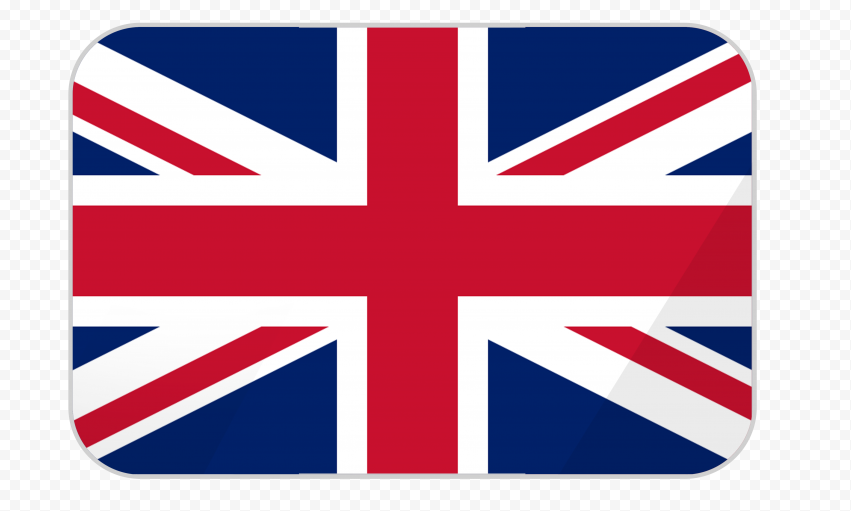 English
English
 Persian
Persian
 Russian
Russian
 Chinese
Chinese


 +7929688-88-14
+7929688-88-14


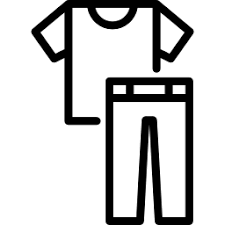
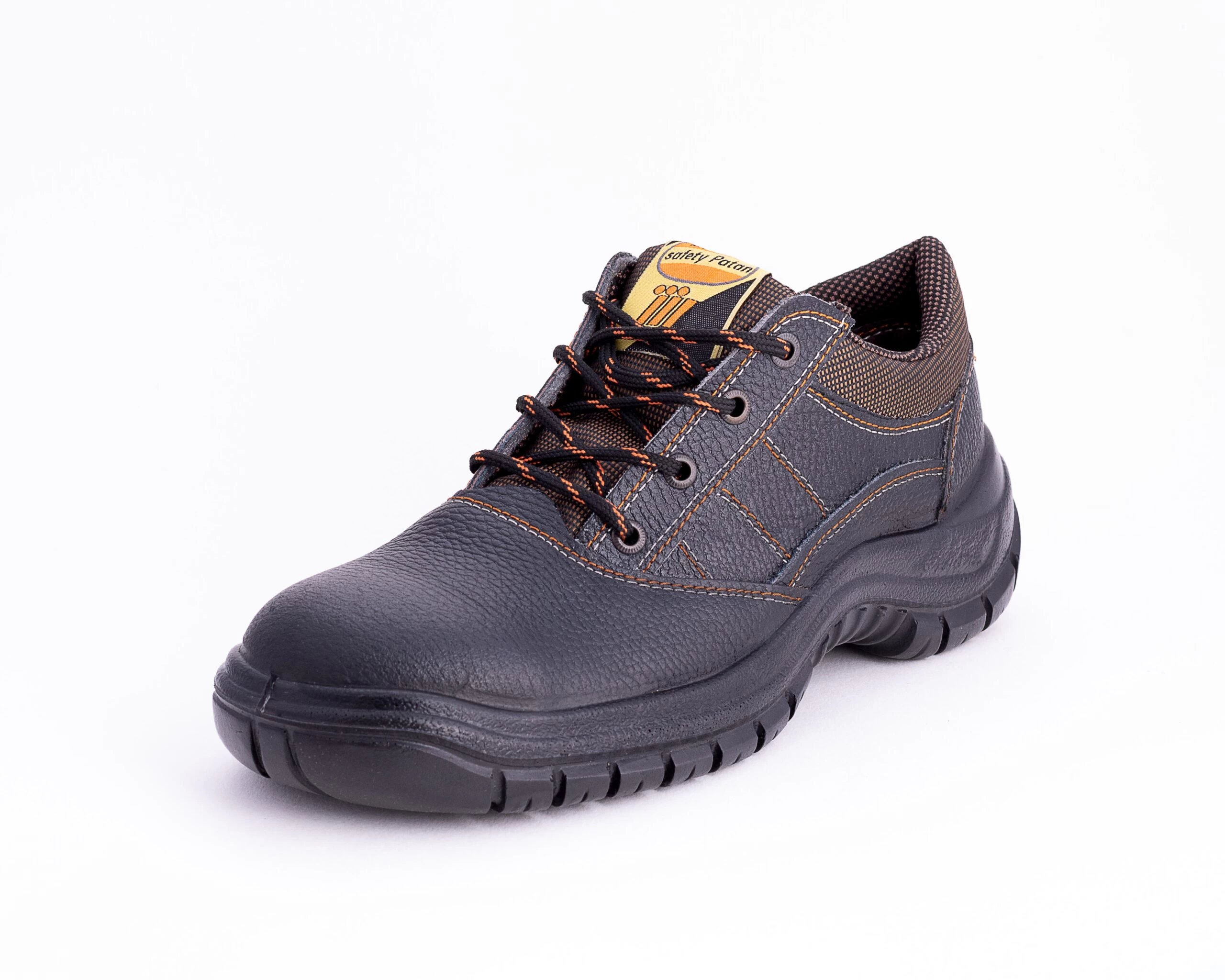
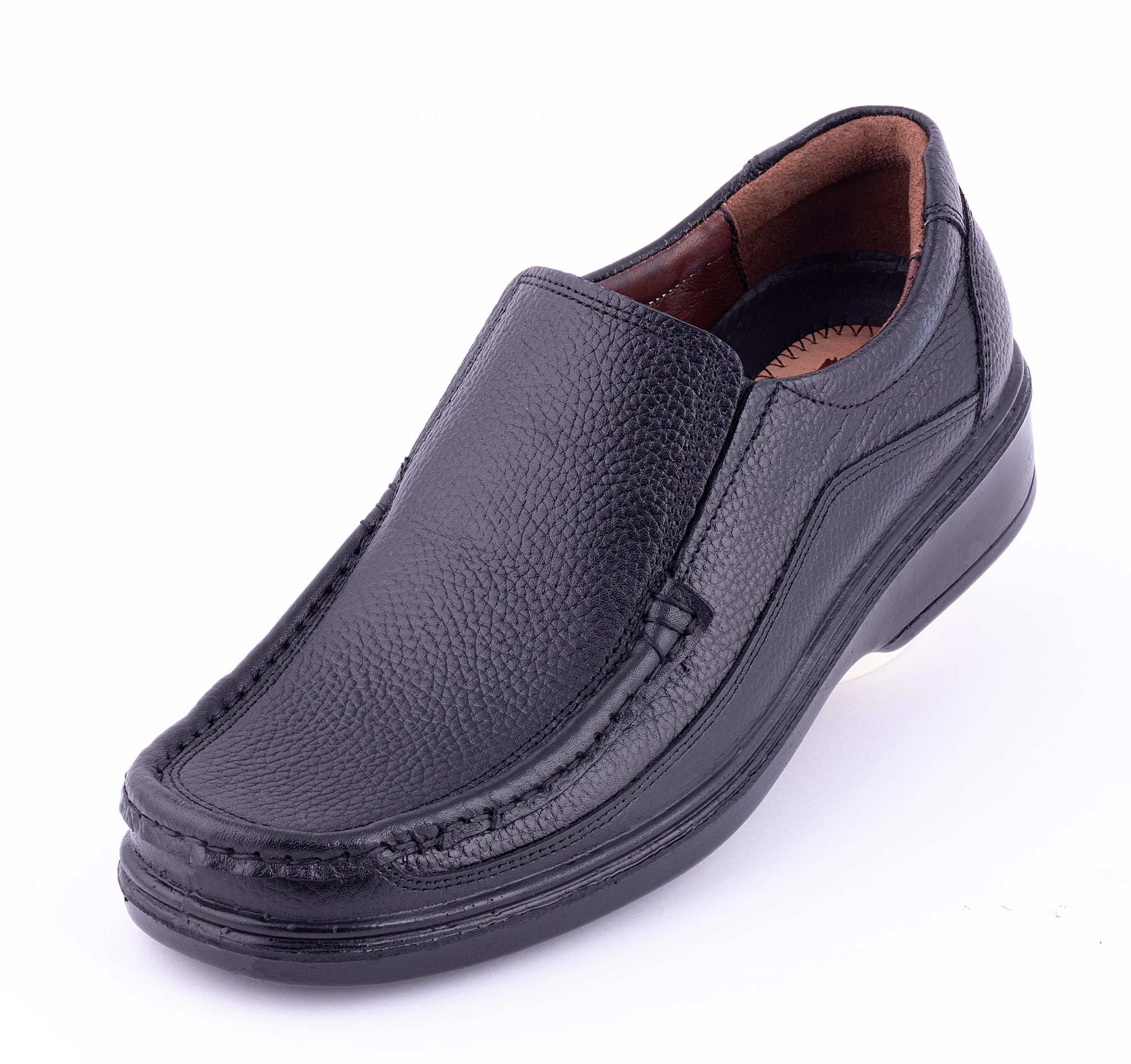
.webp)
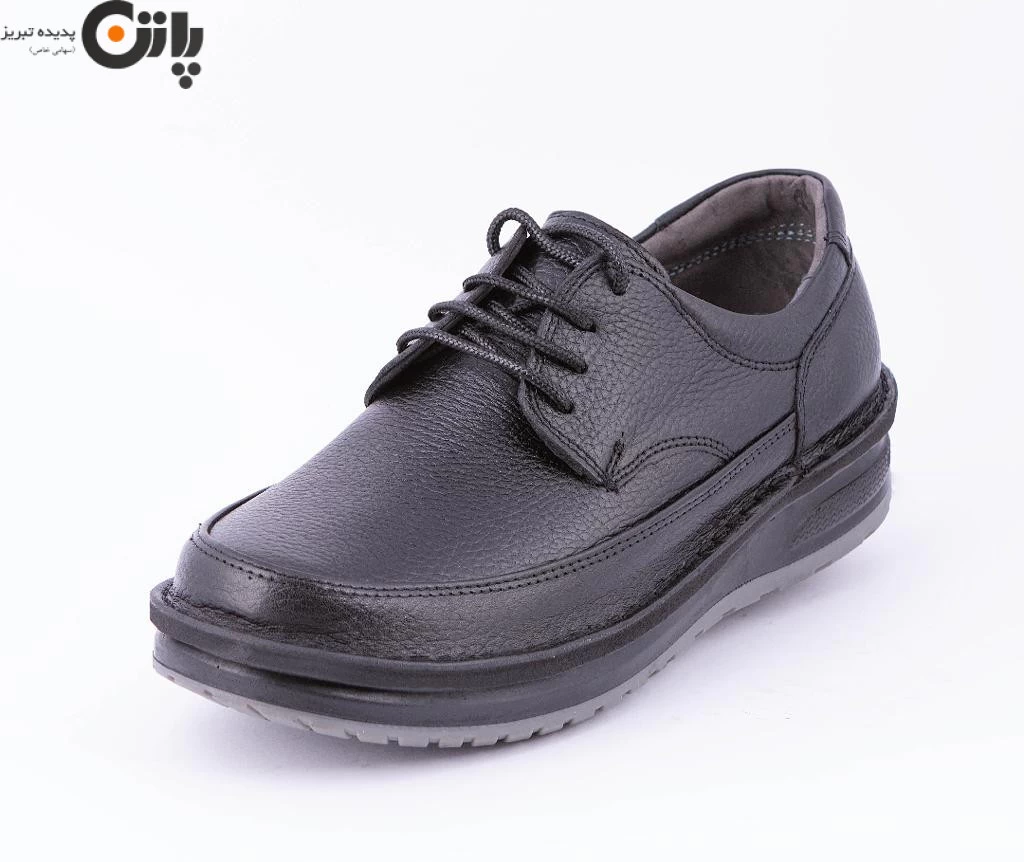
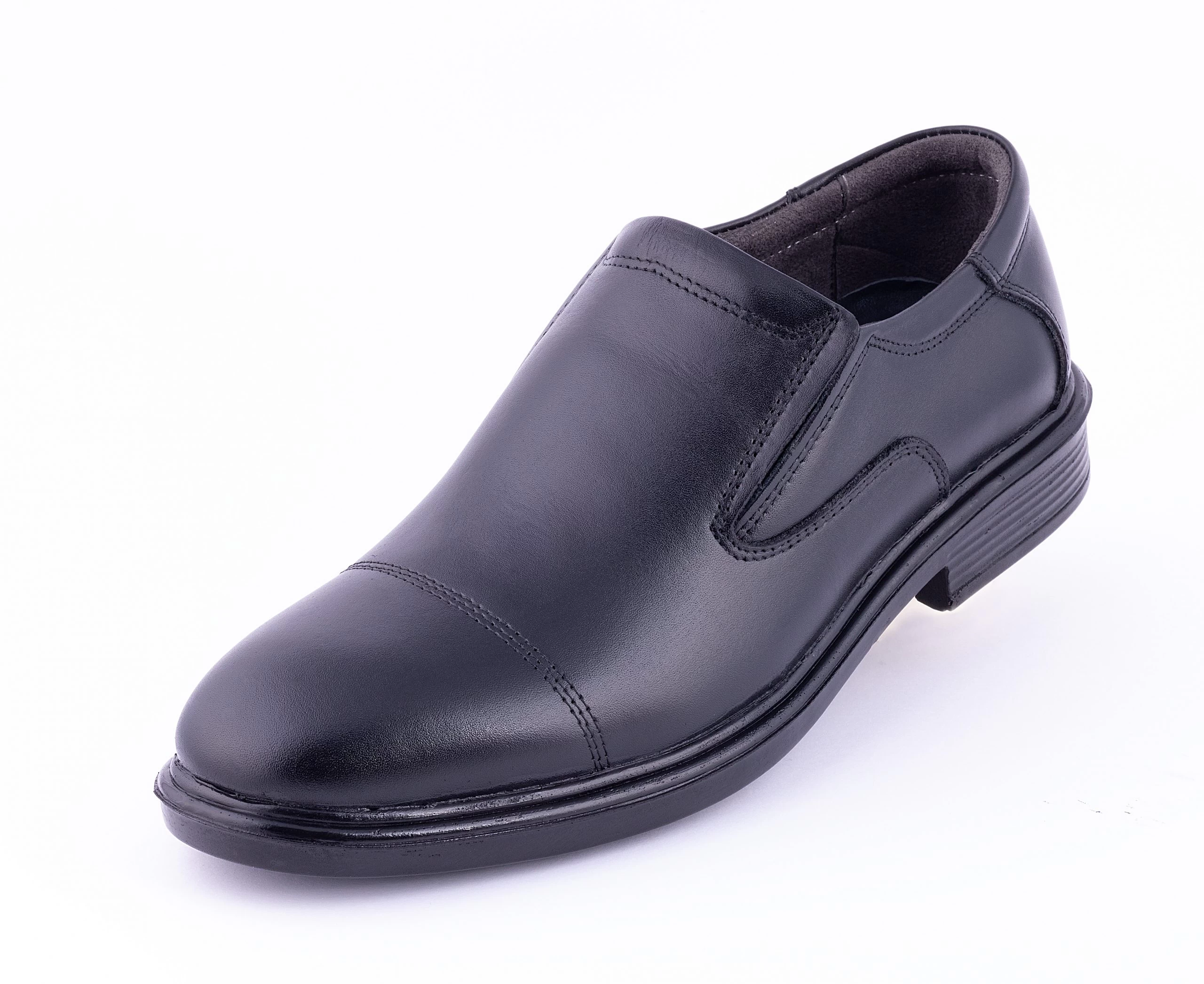
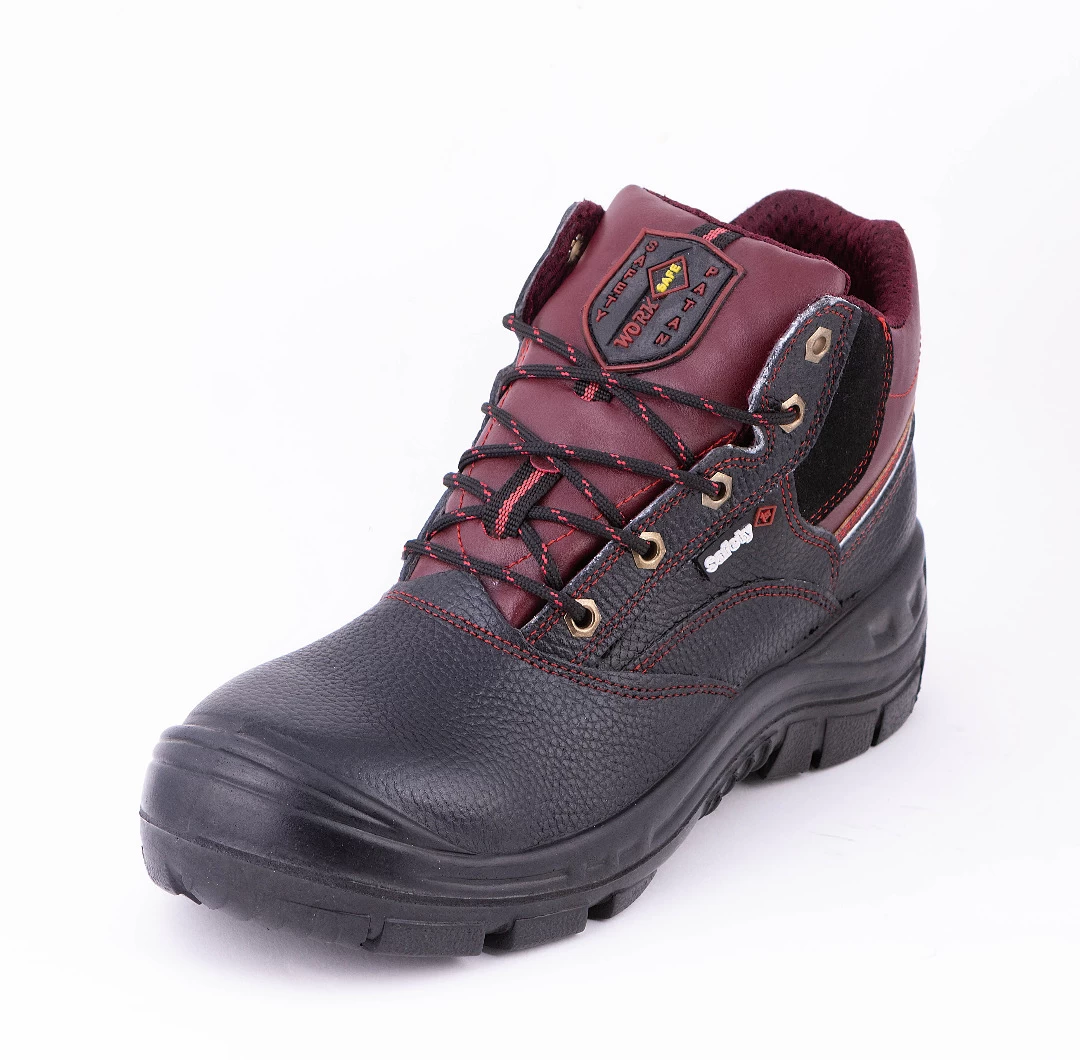
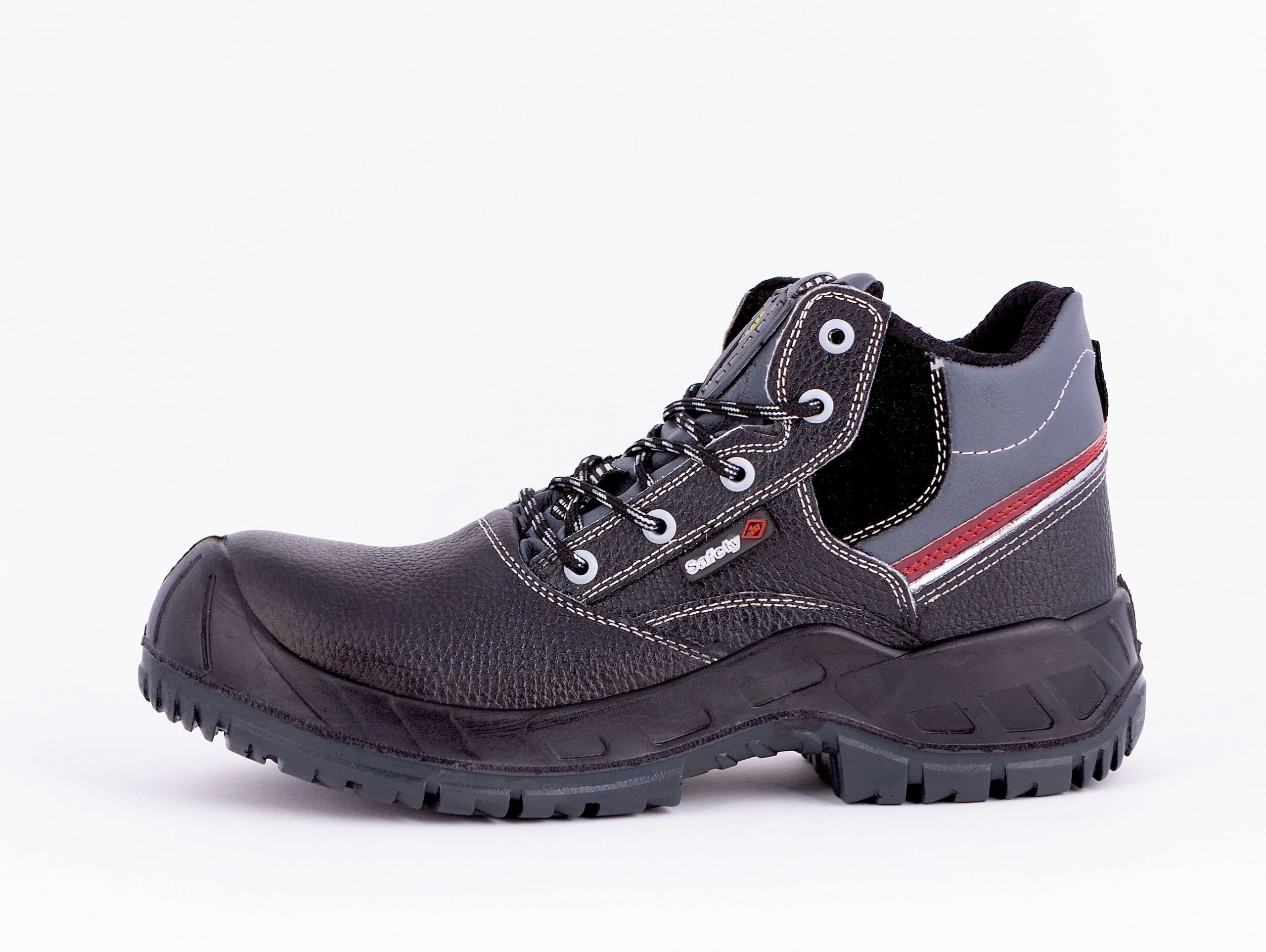
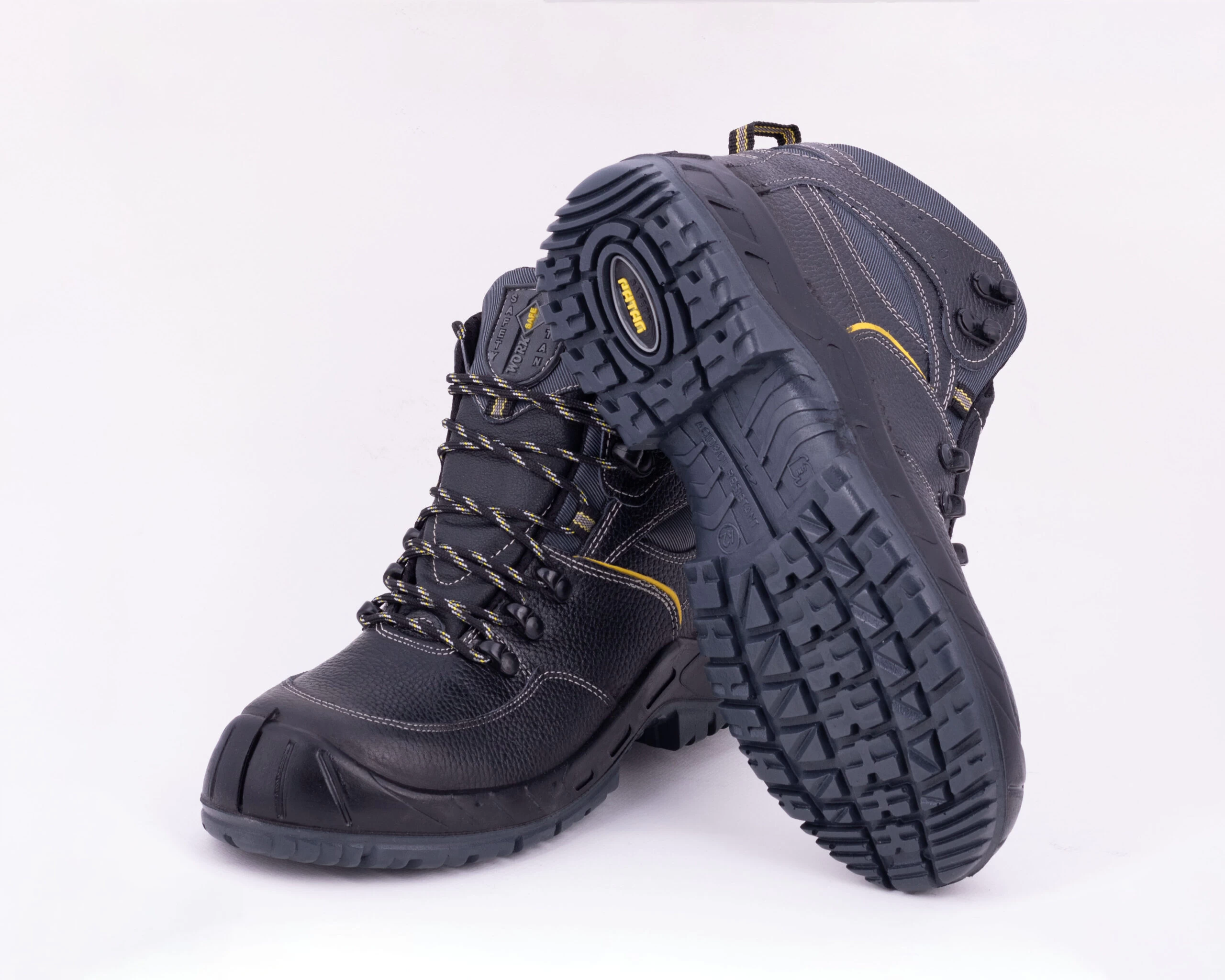
.webp)
